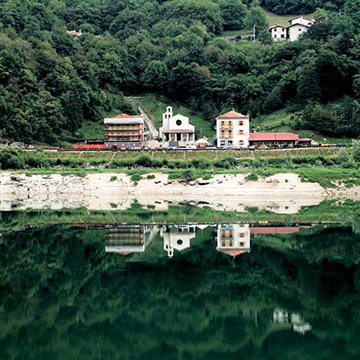 Andrea Maroè
Andrea Maroè
How is the old banned wood? A trip from Moggio, to beyond the abandoned villages of Moggessa
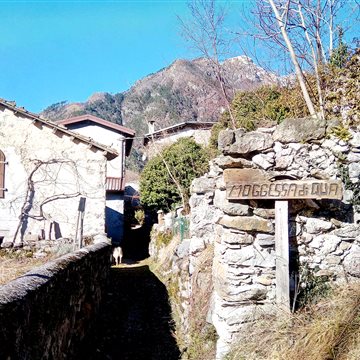



If walking through the Garden of Eden is one of the reasons for a holiday in Friuli Venezia Giulia, then I hope that below you will find useful information and ideas to enrich your experience along the Alpe Adria Trail.
The stage I'm going to tell you about is the 32nd, which connects Cormons – a Hapsburg pearl in the heart of the Collio – to Gradisca d'Isonzo – dubbed the “garden drawing room” of the Venetian Repbublic, the Serenissima, and listed as one of “The most beautiful towns of Italy”. This stage is probably the least followed in the region, although in recent years it has seen a noticeable increase in hikers.
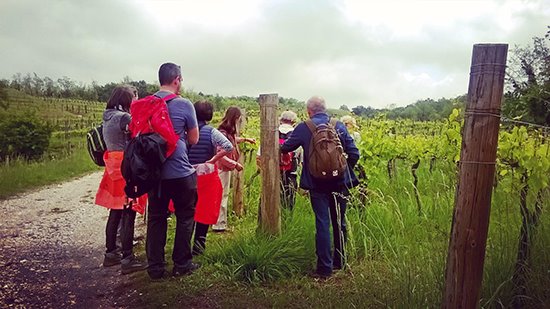
On a summer day I had the pleasure of accompanying a small group of Austrian tourists who had decided to customise their trekking experience to include food and wine tastings, and inviting me to make small detours from the route if I felt it necessary. So I organised things ahead of time, studying alternative routes, tastings and stops. The final result? A great day that proved a fine satisfaction for both myself and my tourists.
We met at 9.30 in Cormons, where, before we started walking in the direction of Preval, we paid a short visit to the renowned prosciutto shop of the Hapsburg town. After the guided tour and the tasting of some ham and house wine (I'm not a connoisseur but I can assure you that the white we tasted was one of the best I've ever drunk), we went on our way.
After passing the church of the Crocefisso della Subida, we left the main road to follow the one passing through the Preval district. A lush vegetation and colourful wild flowers surrounded us while we continued in the direction of Capriva del Friuli, a large family of roe deers crossing the road in front of in absolute tranquility. Of course, we stopped to watch the show. On the way, I recount some of the curiosities and history of this little-known nature area, which is mistakenly defined as a medieval village by an Austrian website devoted to this stage. It is therefore important for me to clarify and inform the group properly.
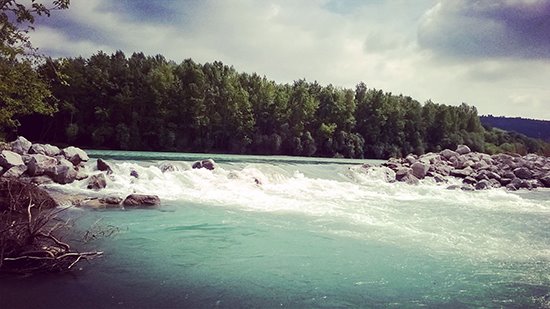
By 11 o'clock we were at Russiz Superiore. The landscape is very pleasant: we were surrounded by vineyards and hills where silence and tranquility reign, interrupted only by chirping and the calls of buzzards. Here too, I offer a brief description because we are in one of the region’s most important fossil-bearing sites.
We resumed our journey along a beautiful road in the middle of the country that suddenly opened out to show us the elegant structures of Villa Russiz and the Castle of Spessa to our right (of course, it was impossible not to stop here and tell the story of Eveline de la Tour and the French enologist Ritter).
I then decided to deviate from the official trail and take a little road that goes up into the woods that smells of black locust tree. The trail runs right at the top of the hills cultivated with vines by the winery that will host us for our lunch/tasting. We had an appointment right here, in the midst of the vineyards with the owner, with whom we step out between the rows. On the way, I take advantage of the moment to show a very obvious stratification of Flysch (here called ponca) and give a bit of geological and climatic information about the Collio. After the guided walk and the interesting explanation on the natural cultivation of the vines, we arrive at the winery headquarters, where they are expecting us for lunch.
At two o'clock, we resumed our journey along the Alpe Adria Trail, passing silently through the nature park called Parco dei Laghetti Rossi, where we met four families of grey geese who every year nest here and seem accustomed to human presence, unlike the turtles, about a dozen, which, relaxing in the sun, immediately dived into the water as soon as they noticed us. All the ponds were covered by a picturesque expanse of water lilies that were not yet in blossom.
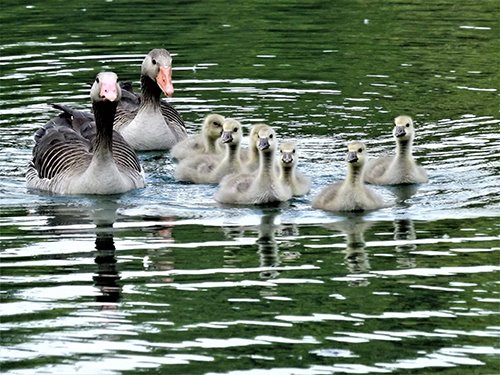
After an hour’s walk, we arrived at Villanova di Farra, where we had a coffee break at the ancient Borgo Colmello di Grotta, an example of typical rural architecture of the late eighteenth century, now home to a small but carefully maintained Museum of Rural Culture and an inn with osteria where one can eat.
We continue along the banks of the River Isonzo, leaving the standard Alpe Adria Trail on the right (which would otherwise not allow us to see and feel the river with its strength and colours). While talking about this historic river, which has accompanied me throughout my childhood, we arrived at Gradisca d'Isonzo, amid scents of garlic, elder, some wild orchids and glimpses of the fertile plain. We are in the “Isonzo” DOC area and another small tasting was a must before I left the group.
This is the account of my first experience along the Alpe Adria Trail, which I was very happy about not only because I was able to convey to my tourists the spirit and charm of the places we passed through but also because of the mood during the trek, which in my opinion reflected the most intimate meaning of the Alpe Adria Trail, that is, of a harmonious union between different cultures and languages.
Whatever stage you do, my advice is to bring a little bit of curiosity with you and to immerse yourself in the spirit of the places. Don’t walk at a fast pace but enjoy the landscape, its sounds, its scents, its colours and especially the encounters with the locals.
Happy hiking!
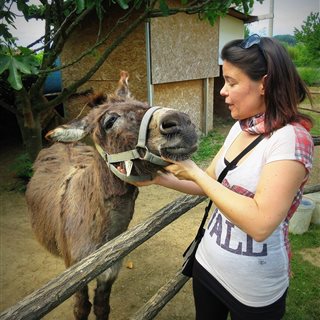
 Andrea Maroè
Andrea Maroè

 Andrea Maroè
Andrea Maroè
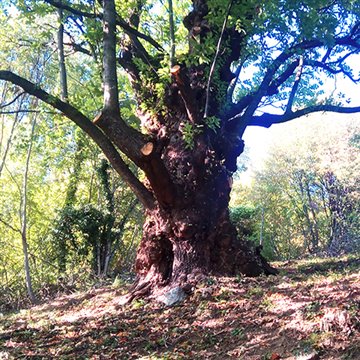
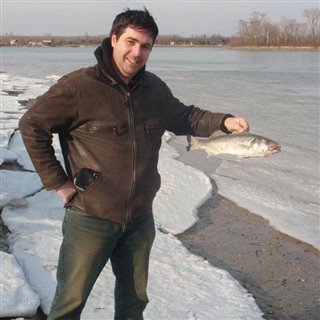 Michele Castro
Michele Castro

 Elisabetta Chinellato
Elisabetta Chinellato
